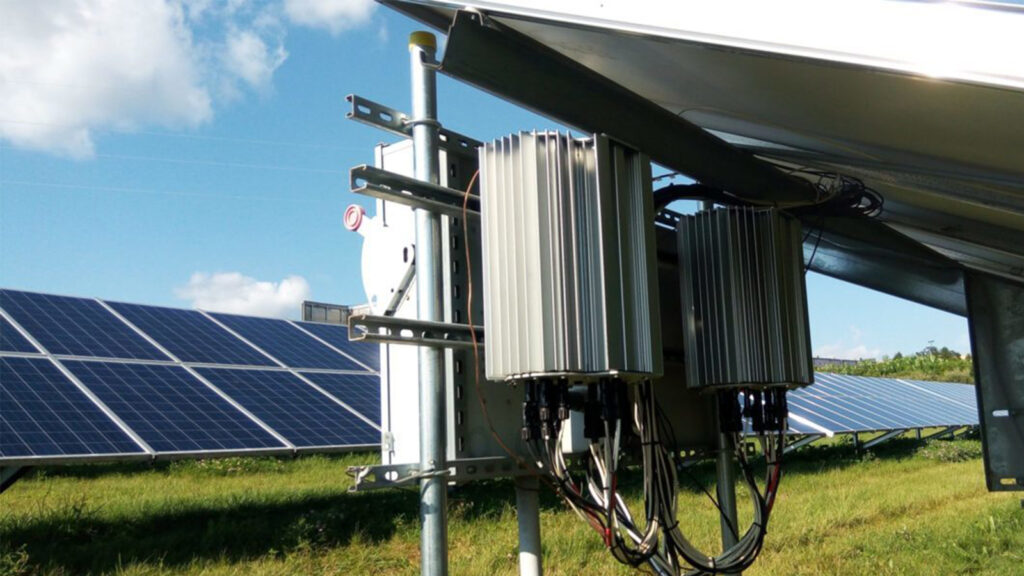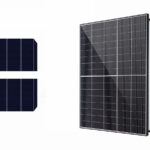There are many technical parameters that need to be considered when designing a PV system, such as tilt angle, azimuth angle, module spacing, capacity ratio and other equipment technical parameters, of which the capacity ratio is a parameter that needs to be considered. A reasonable capacity ratio not only ensures that the equipment operates at its best, but also ensures the utilisation rate of the modules, which is directly related to the investment and cost recovery of the PV system.

What is the capacity ratio?
The capacity ratio refers to the ratio of the module power to the rated output power of the inverter in a PV plant. If a PV system is designed with a 1:1 capacity ratio, but due to light conditions and temperature, the PV modules do not reach their nominal power most of the time and the inverter is basically not running at full capacity, most of the time at a wasted stage. The current over-allocation design is an effective means of improving the overall utilisation rate of the PV system, reducing the system’s cost of ownership and increasing revenue.
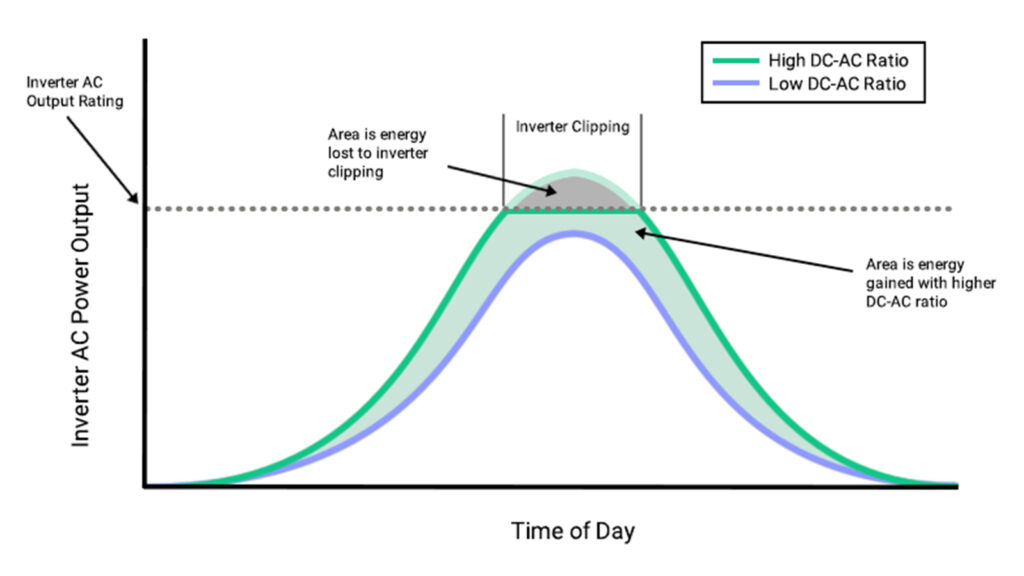
Factors influencing the capacity ratio
There are many factors that influence the capacity allocation ratio, including
insufficient irradiation intensity
high ambient temperature
Stains and dust shading
module orientation is not optimal throughout the day (tracking brackets are less influential)
module power degradation
Matching losses within and between strings
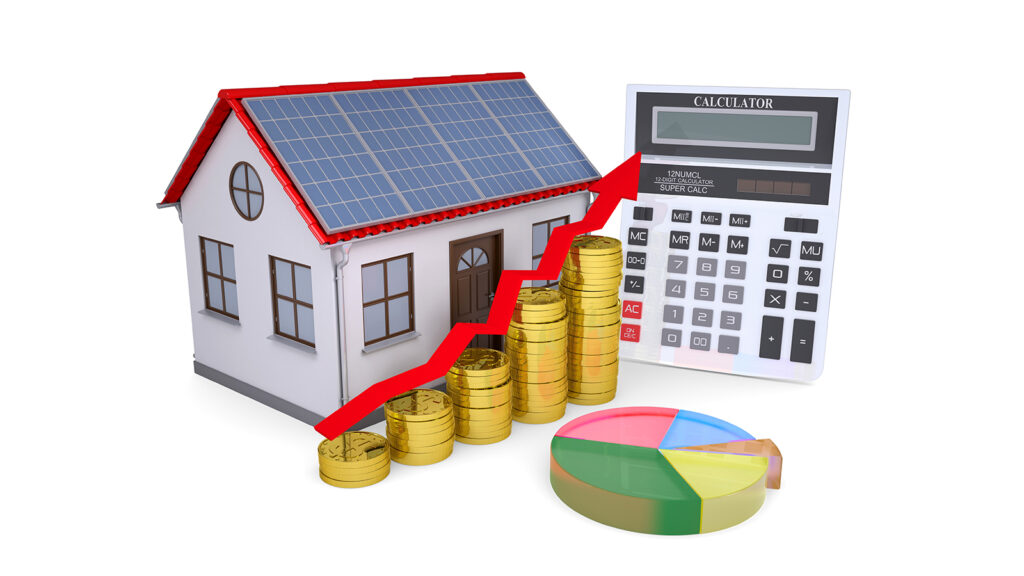
What are the principles for calculating the tolerance ratio?
There are three categories of tolerance ratios according to different principles. The first category is under-allocation, i.e. the capacity of the inverter module side is lower than the rated capacity of the inverter; the second category is compensatory over-allocation, where the system capacity ratio is increased based on the principle that the system will not experience power limitation; the third category is active over-allocation, where the system capacity ratio is increased based on the principle that the system LCOE is the lowest, as the inverter will experience power limitation, the system will lose some energy, but the combined investment and output will result in the lowest cost per kWh of the system. The cost of electricity will be minimised. A moderate increase in the capacity ratio of modules and inverters will not only improve the utilisation rate of the inverter, but also the economic efficiency of the plant. Read ‘How to calculate the cost of electricity’ by Maysun.
The main reason for over-matching is that the PV modules do not achieve the desired peak power in the actual operation process, and currently PV plants in Europe are generally designed with a capacity ratio of 1.2-1.4, in the USA and India about 1.4 times, and in Japan even 2 times.
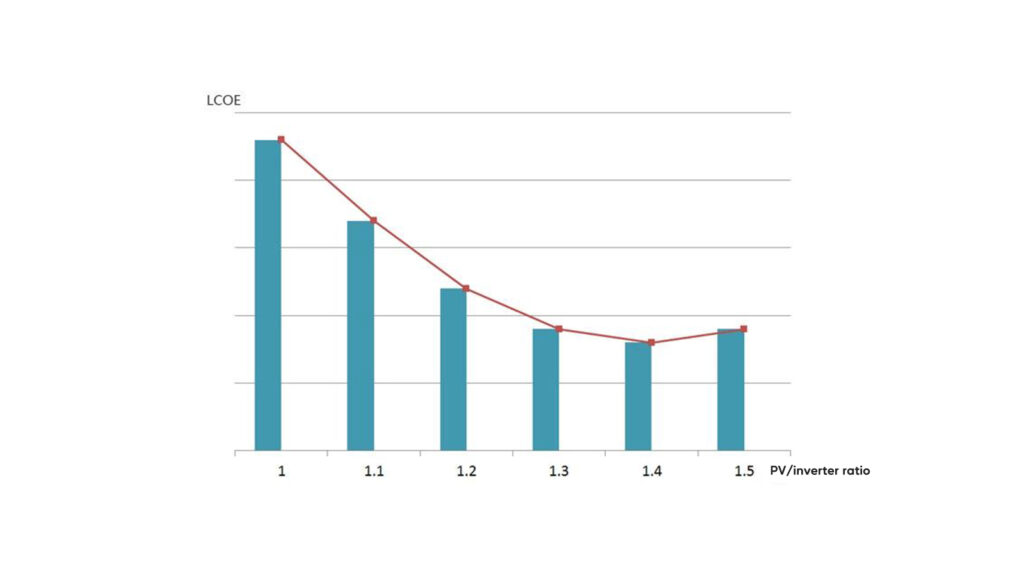
Advantages of over-matching
Reducing system investment costs and improving investment returns is one of the main objectives of PV plant system design and optimisation. The high over-matching requirements are also high, such as the ability to take on DC power hardware and the ability to dissipate heat for long hours of operation. You can read “Inverter selection and installation” by Maysun
1. It can compensate for the lack of light, reduce the power loss caused by temperature, dust, module attenuation, etc. It can make the PV plant reach the rated output power and provide stable power to the grid.
2. The inverter can work longer in the morning and evening hours. As the inverter needs the DC input power to reach its start-up threshold before it can start. Therefore, under the same sunlight intensity, increasing the capacity ratio can make the PV modules output higher power, the inverter starts earlier and stops later, the power generation time is longer, and the local light resources can be better utilised.
3. Improving the utilisation rate of inverters, local boosters, power distribution and substation equipment, diluting the investment cost of utilities, significantly reducing the project cost and lowering the cost of power generation.
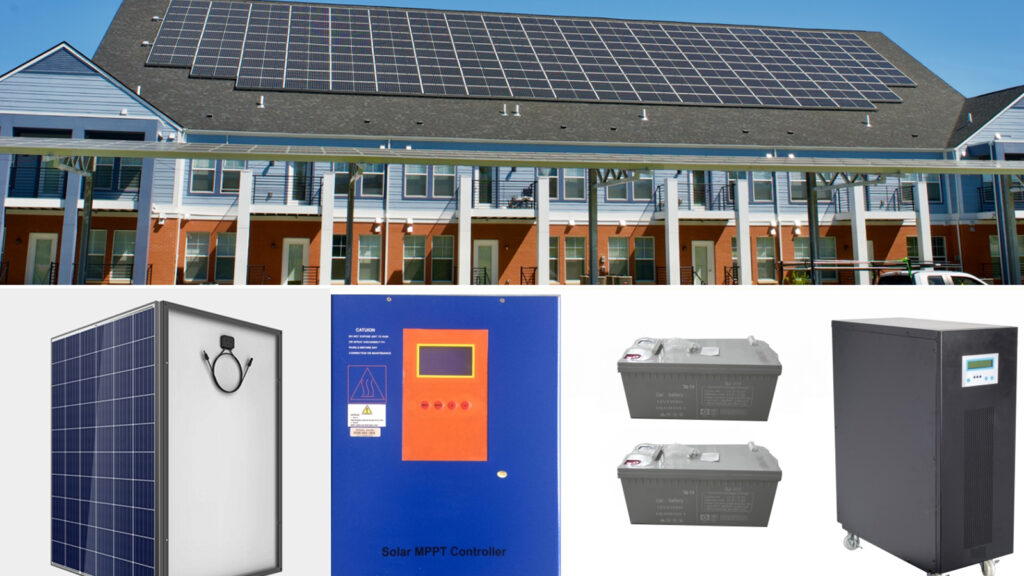
Maysun Solar, as a PV module manufacturer with 15 years of professional experience, can provide you with high quality solar panels, click the button below to contact us for a product quote.

